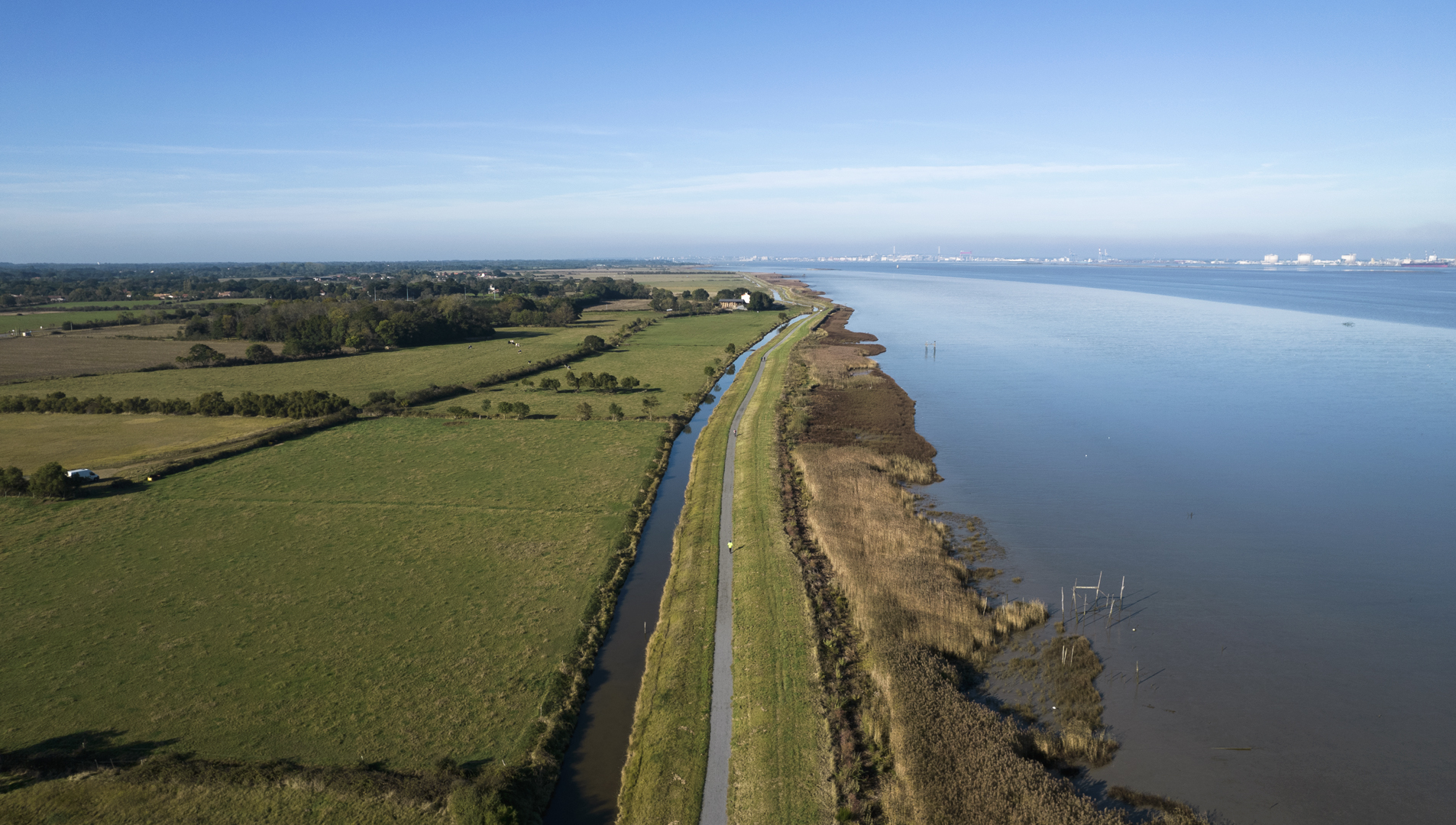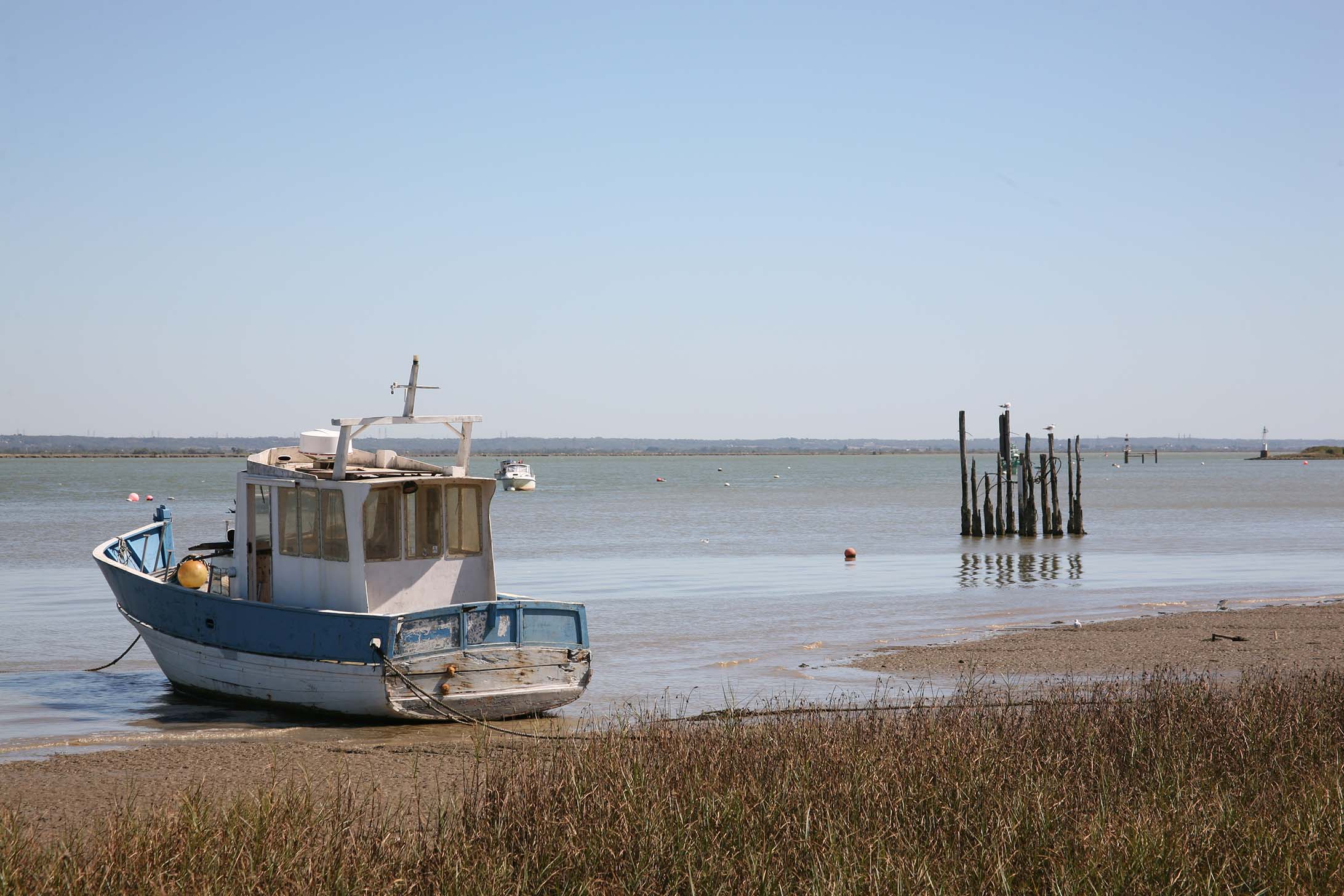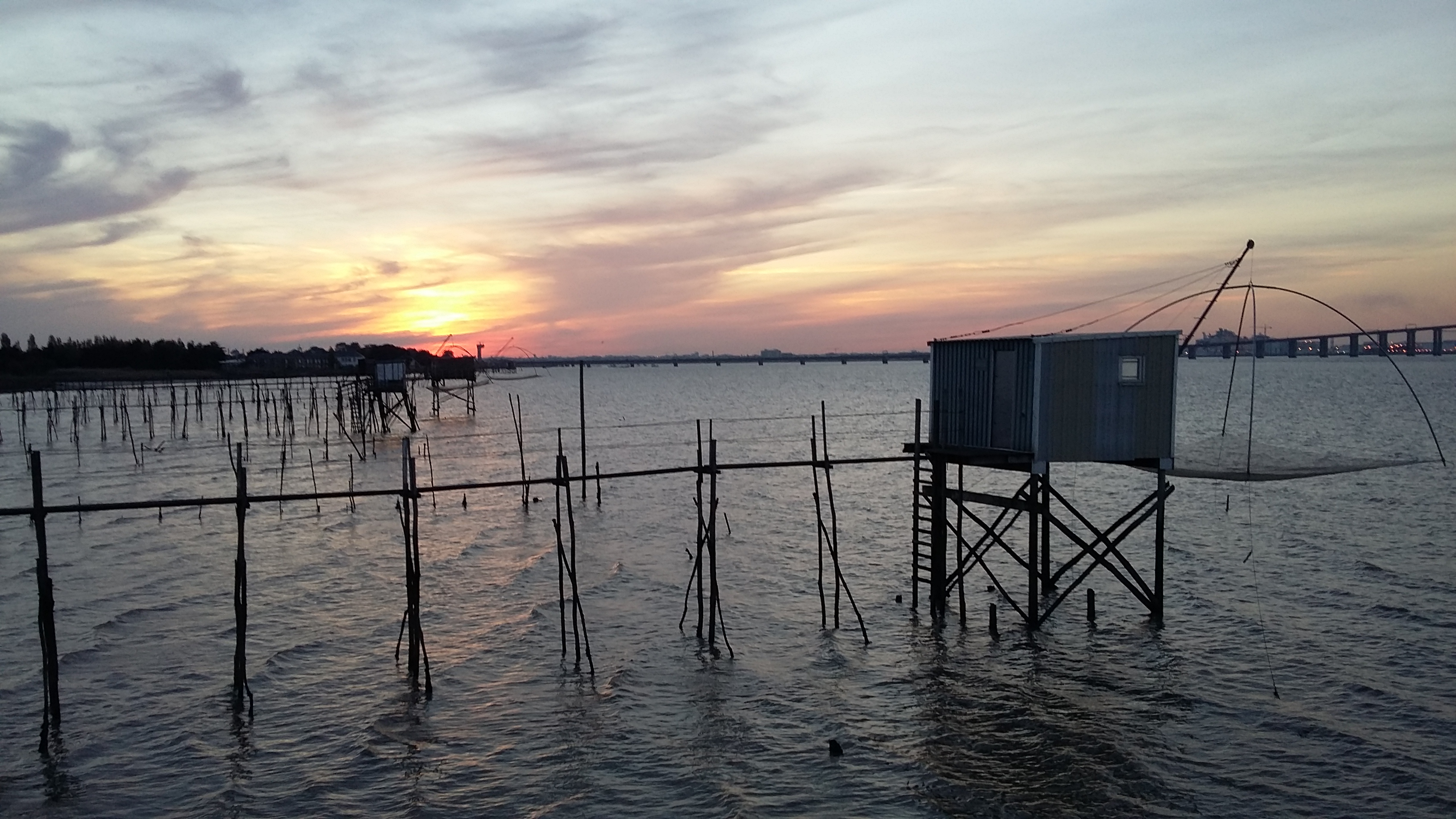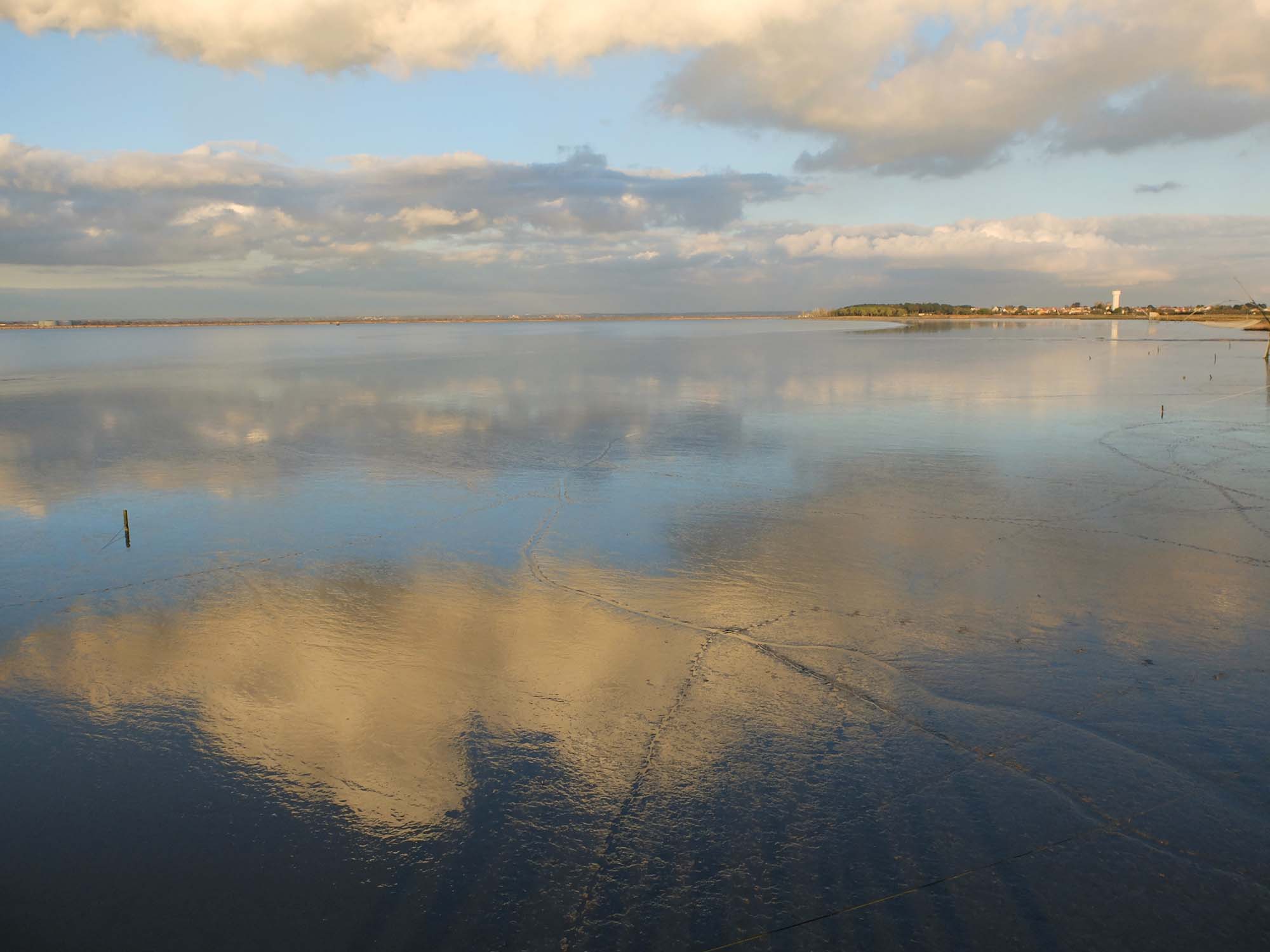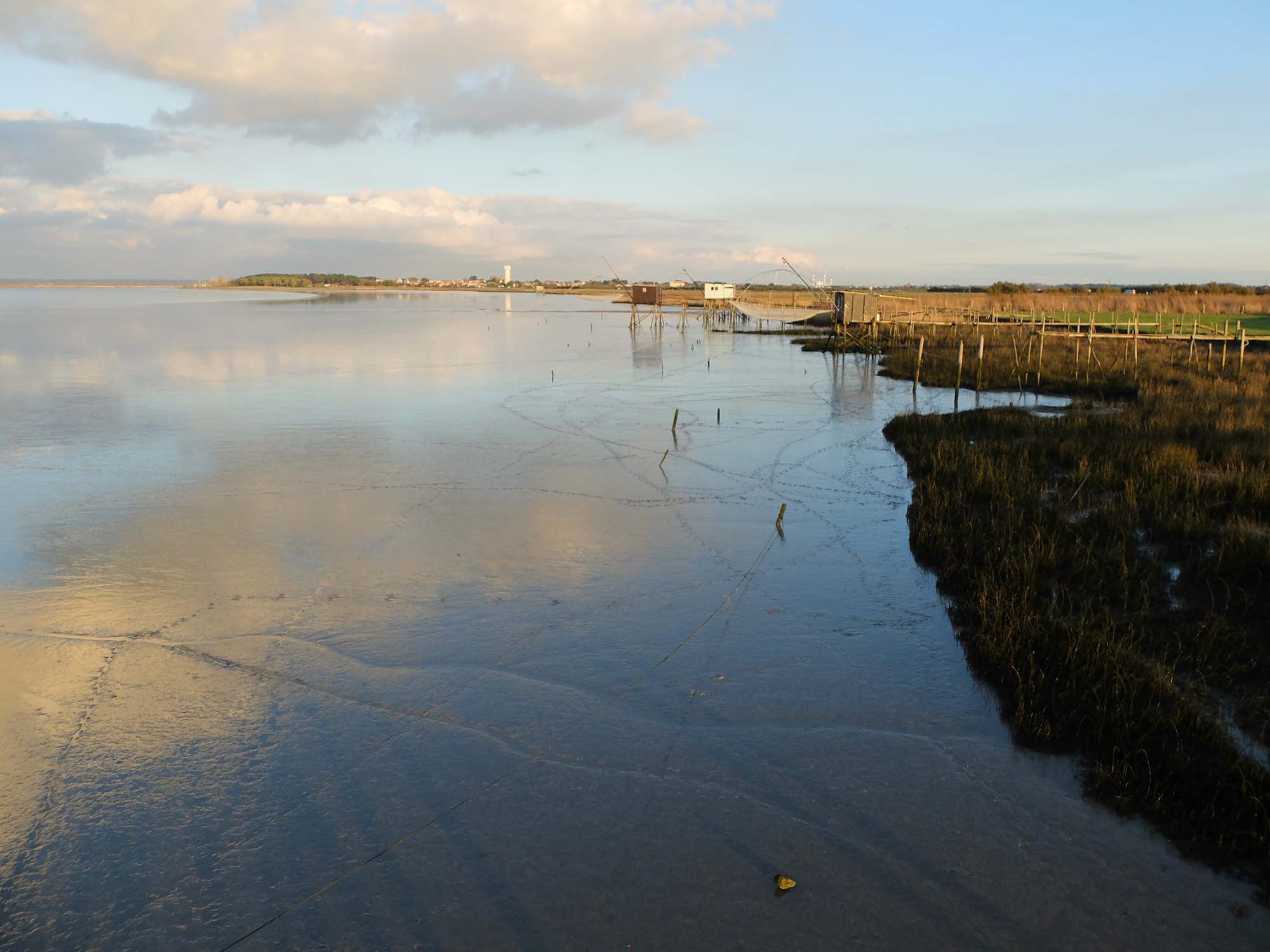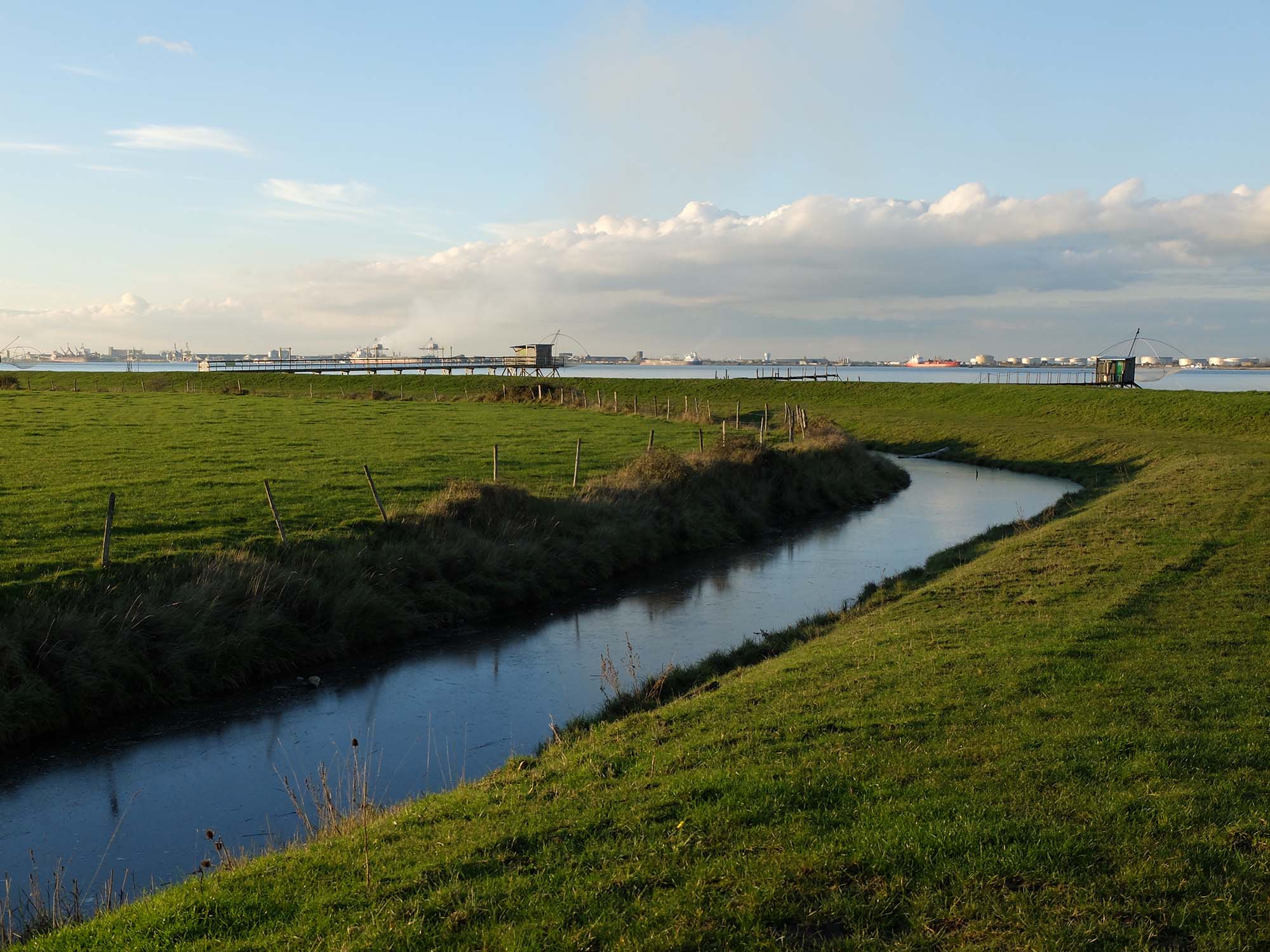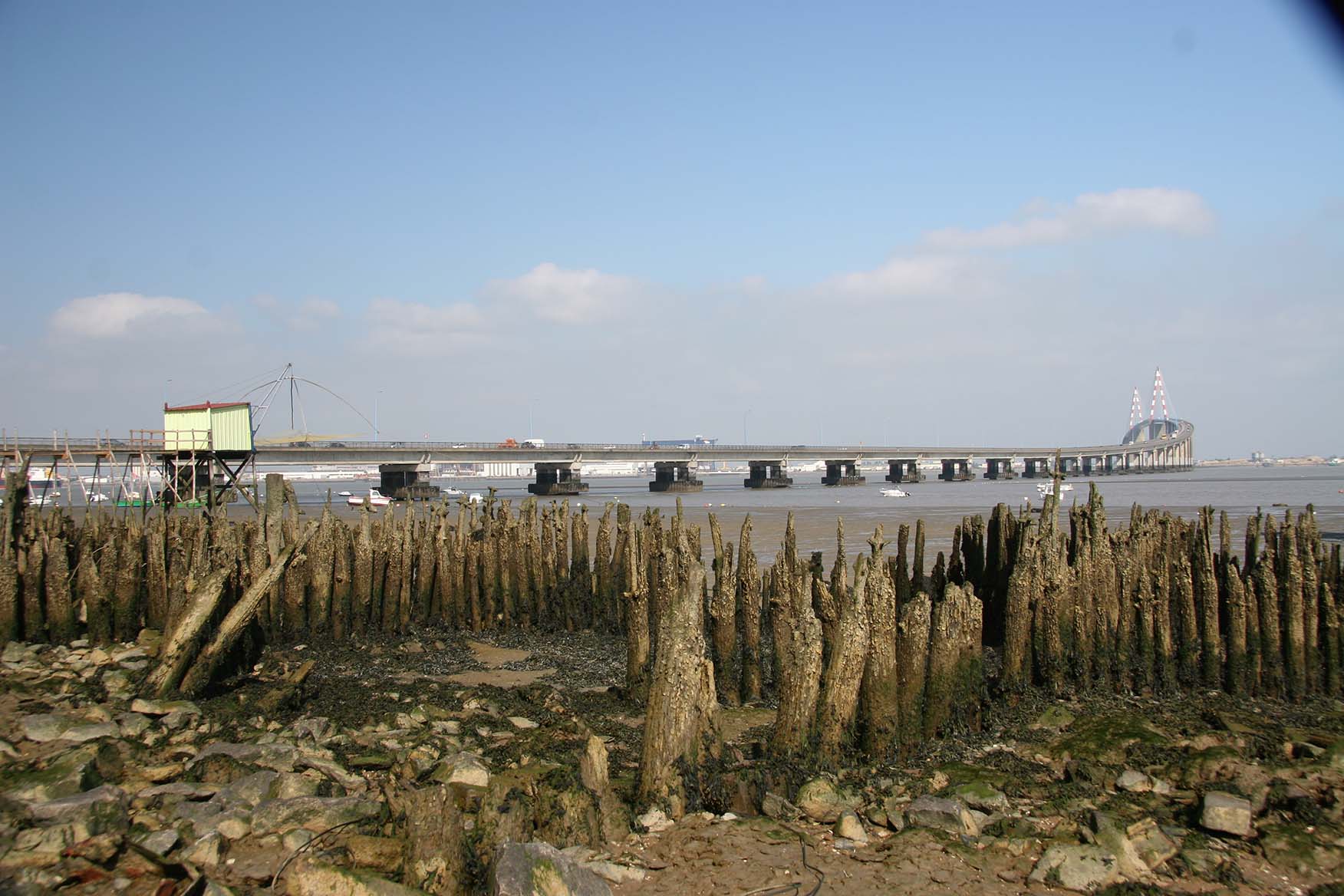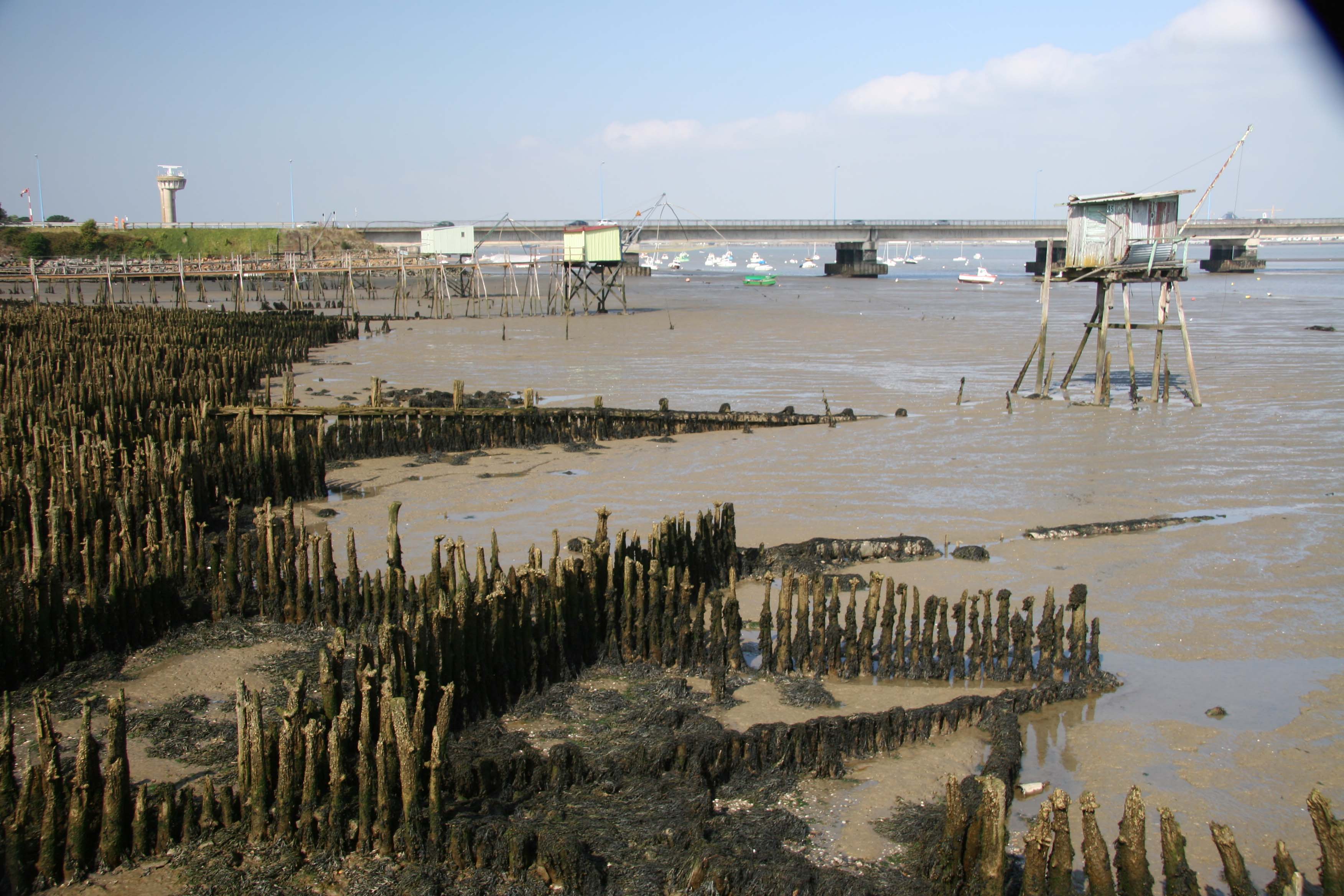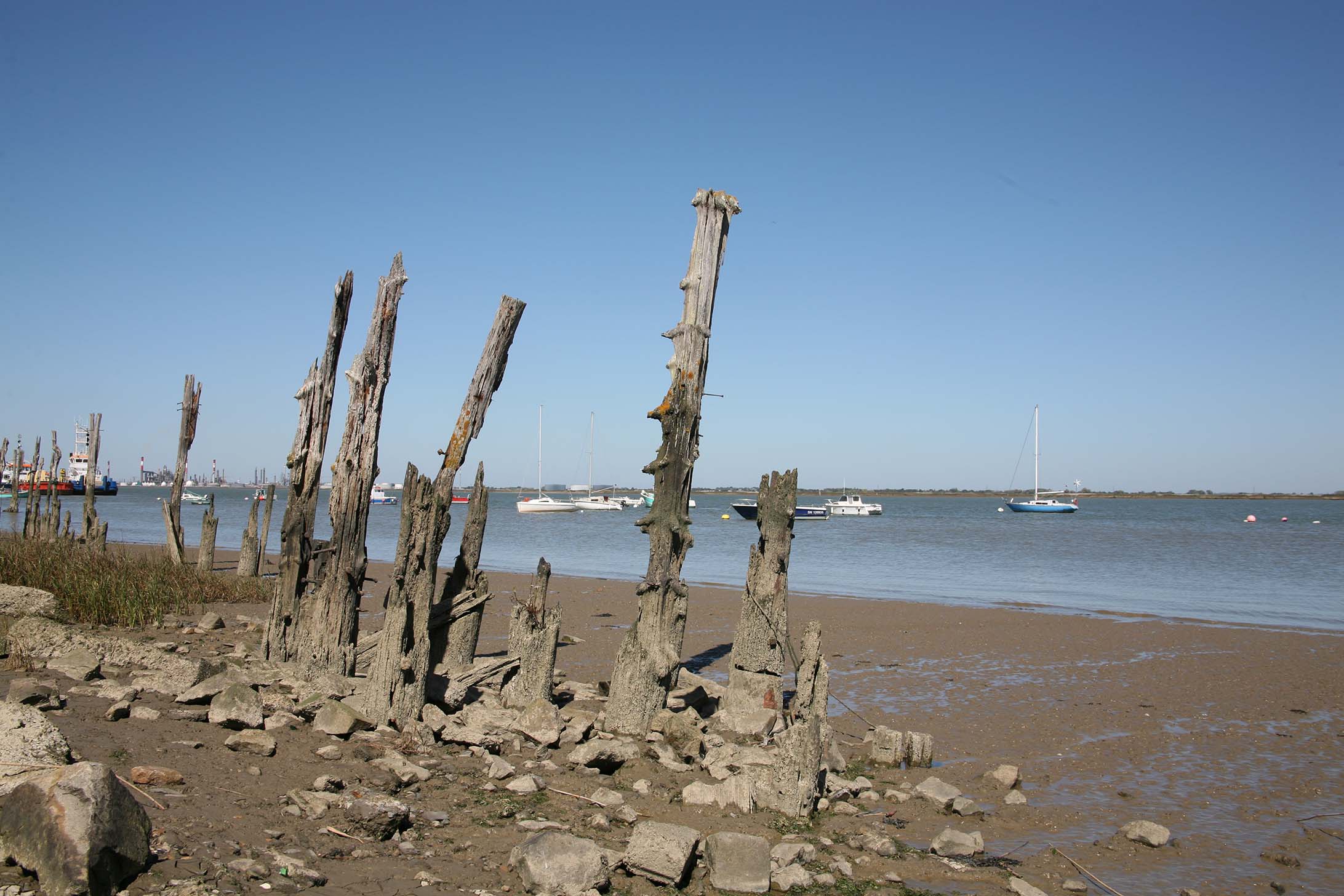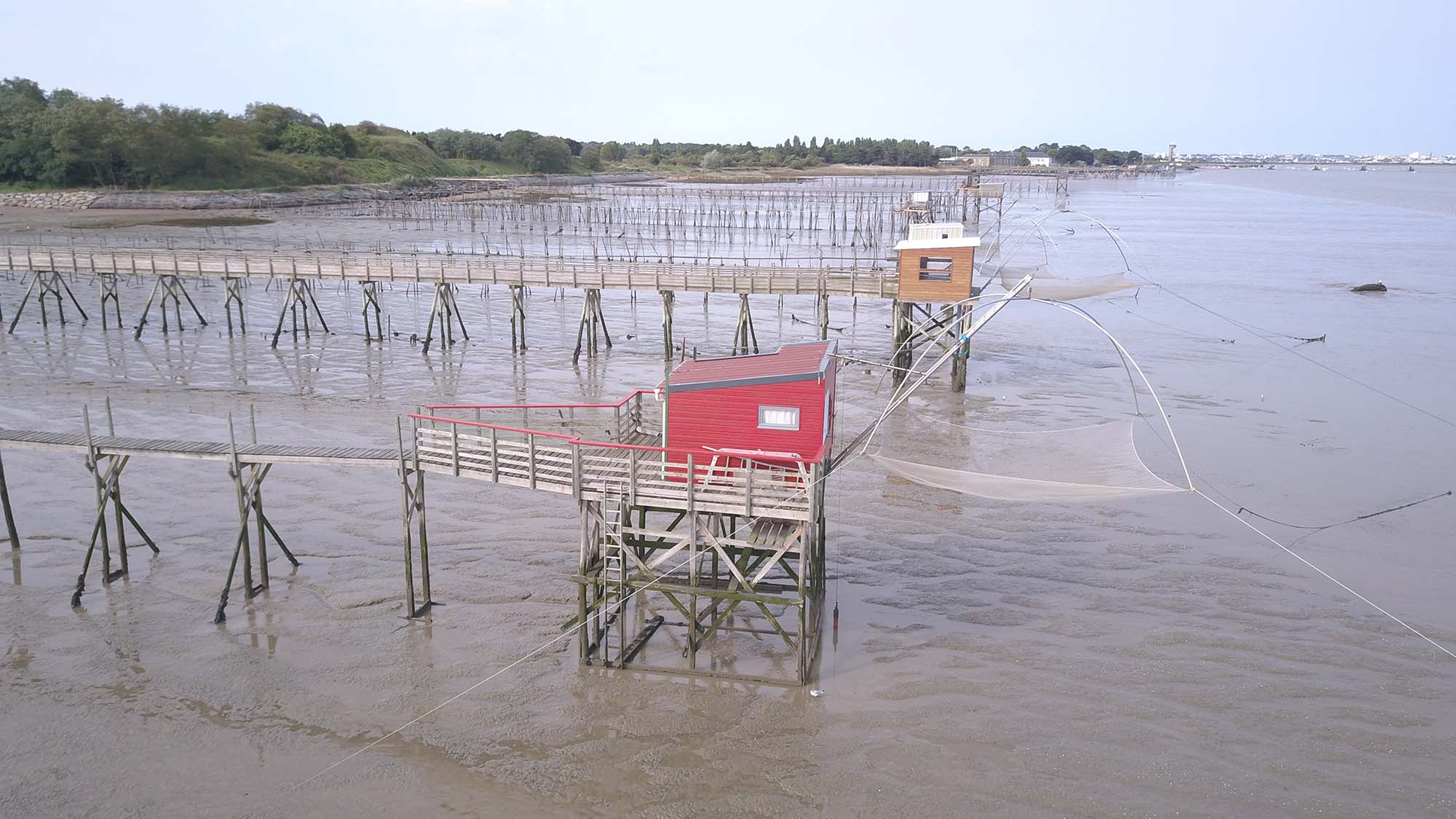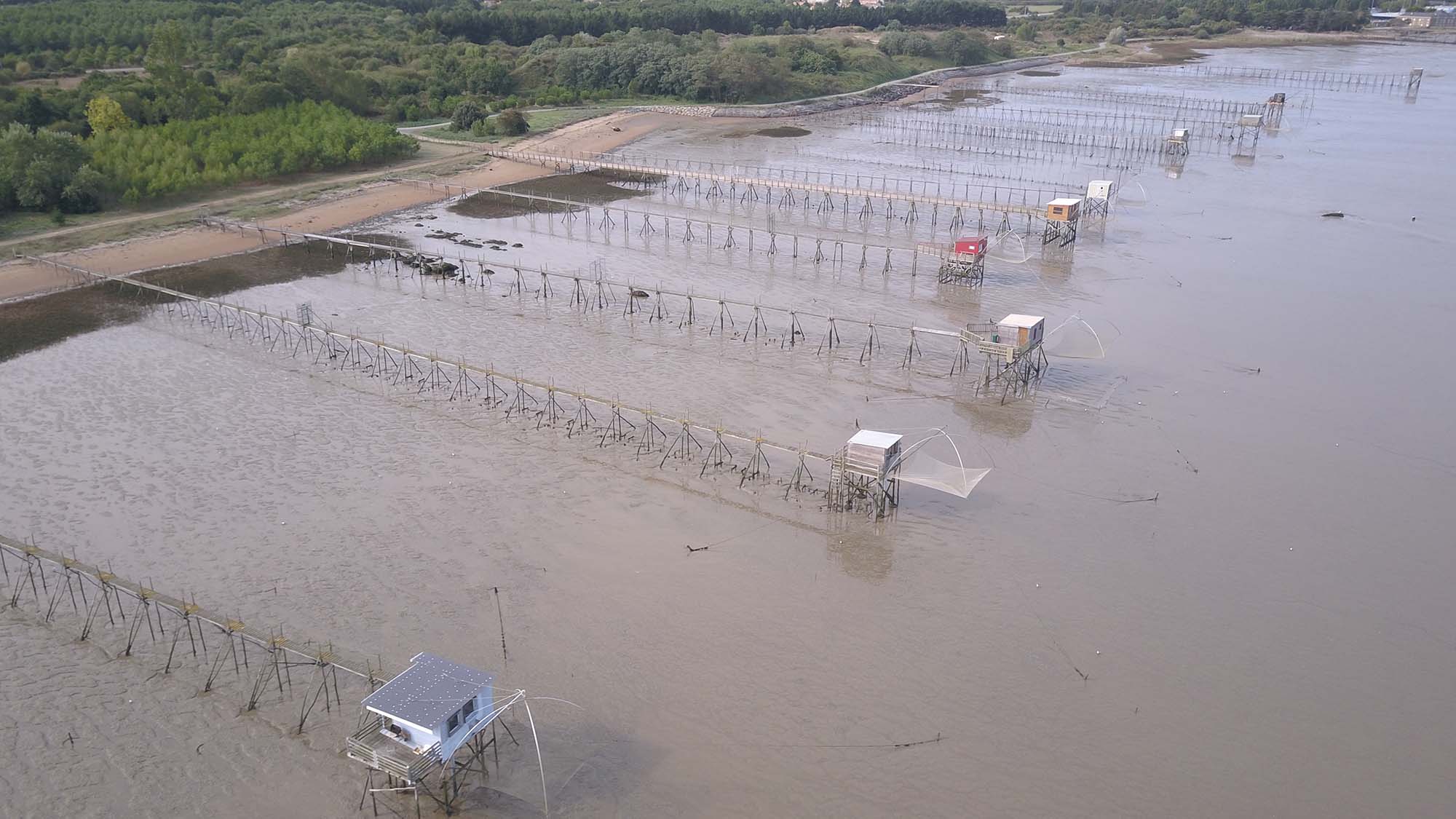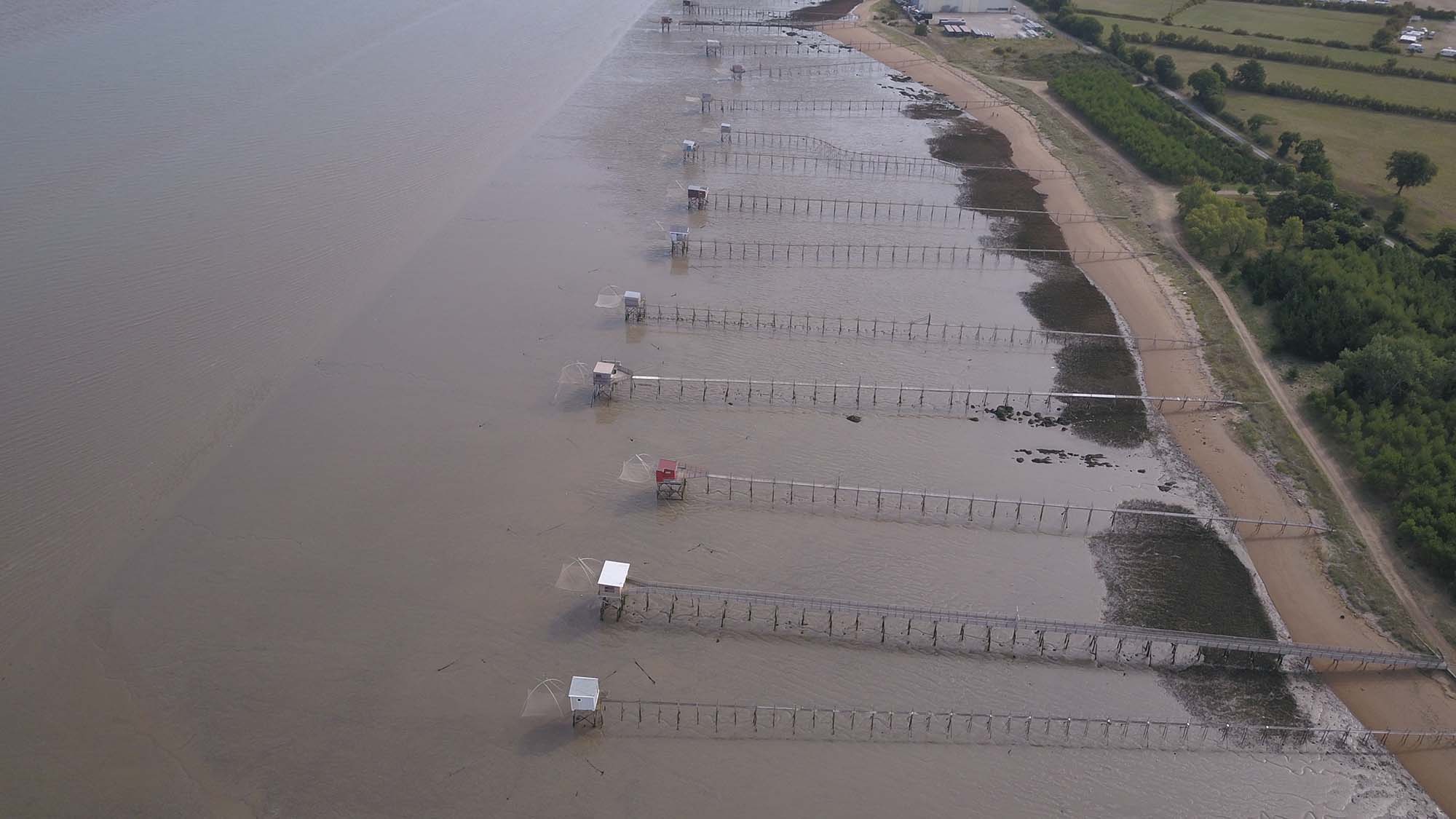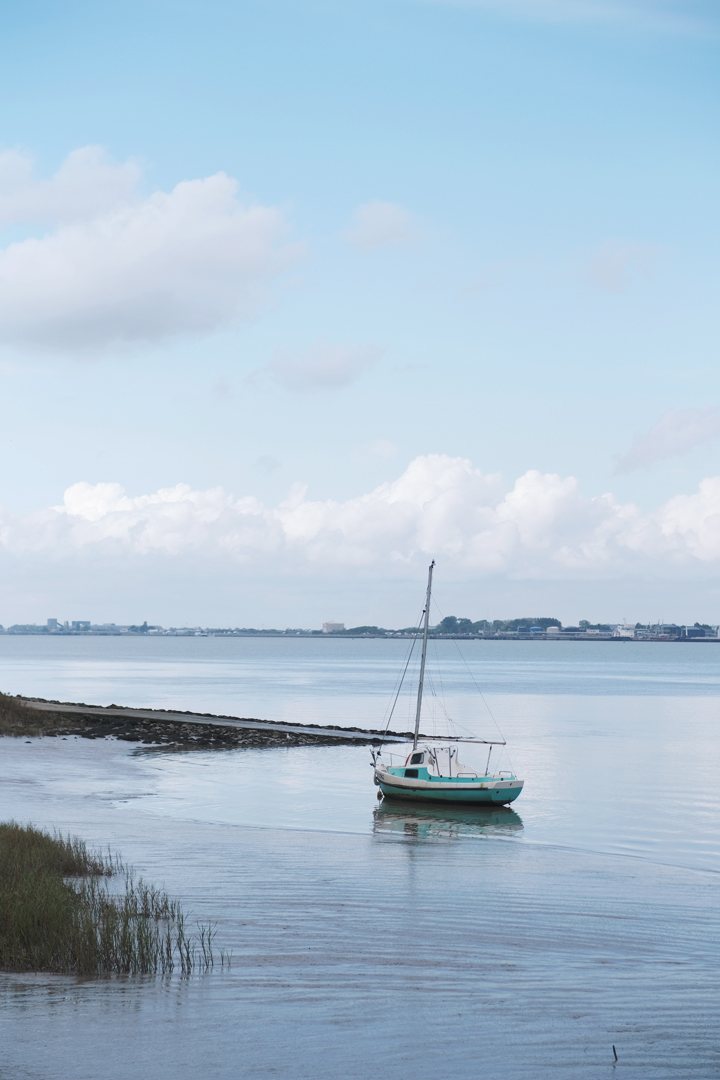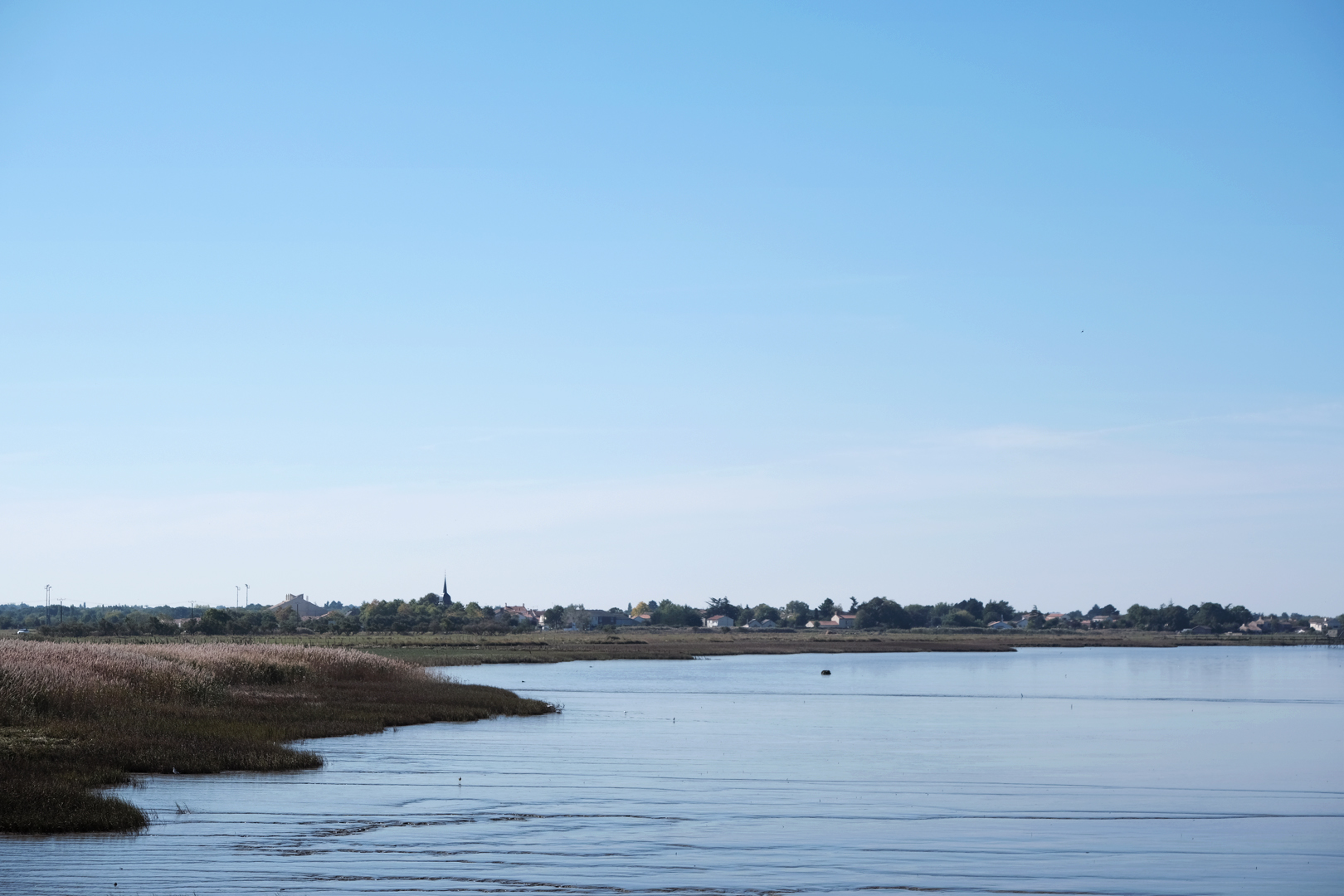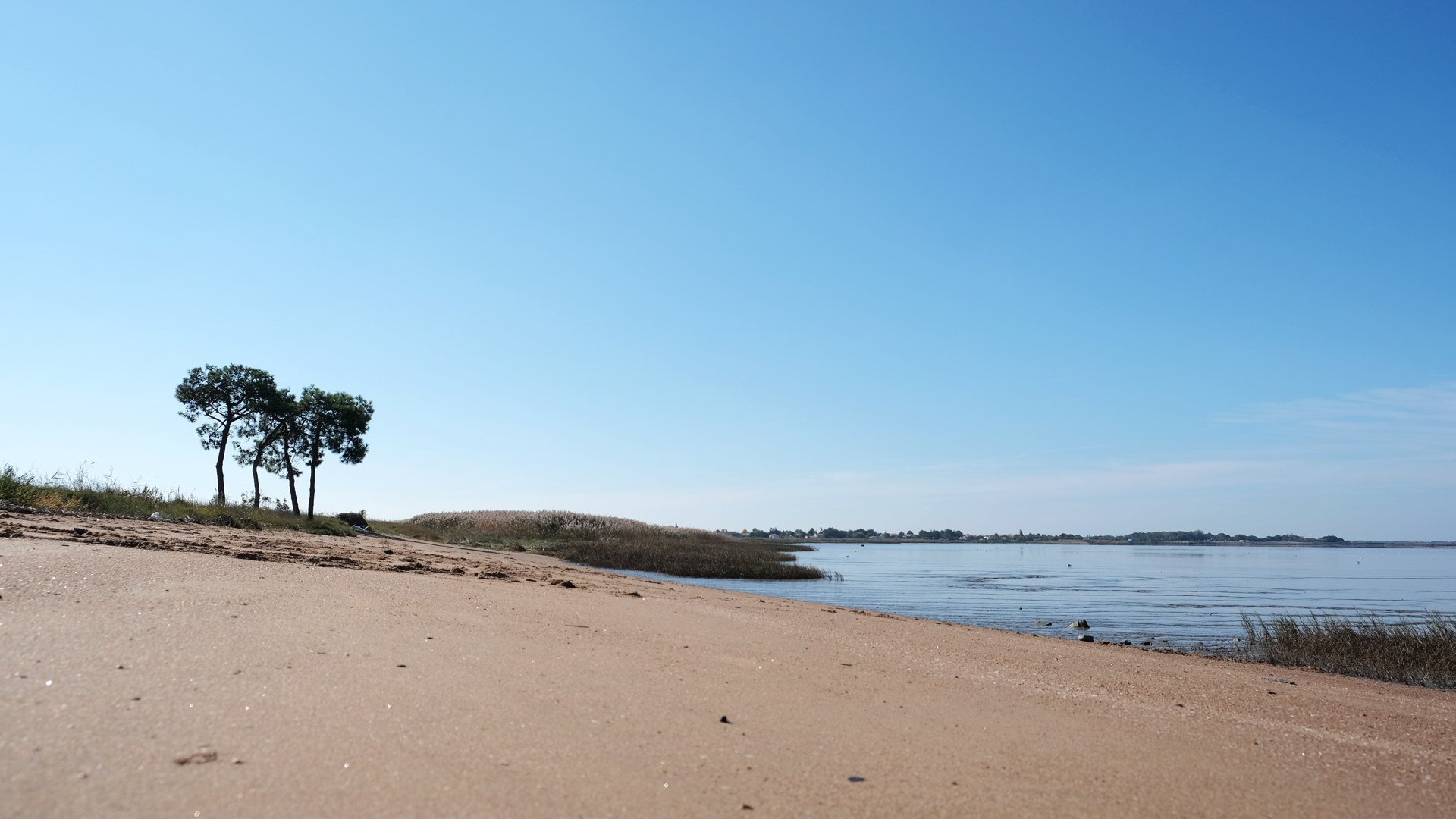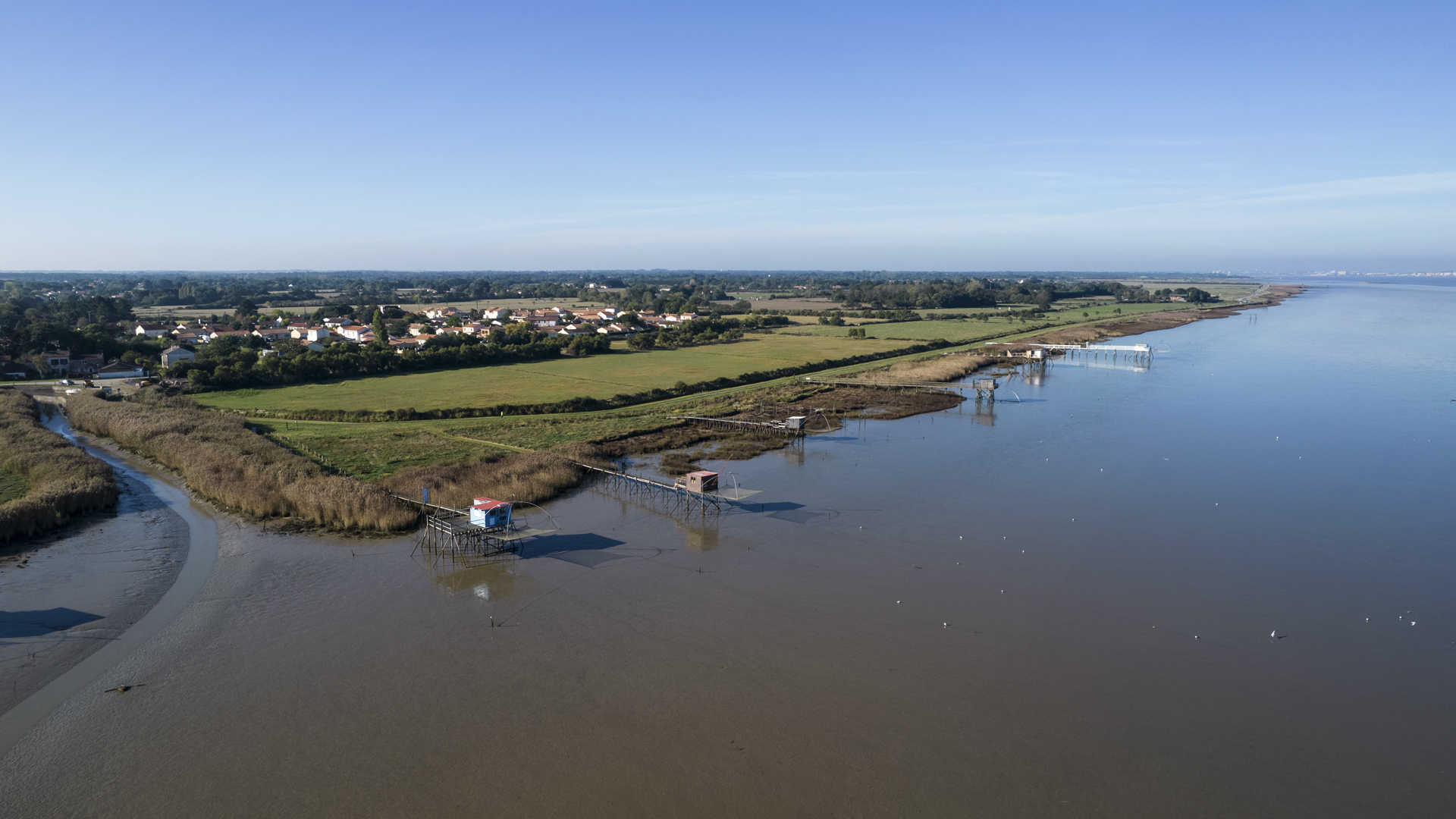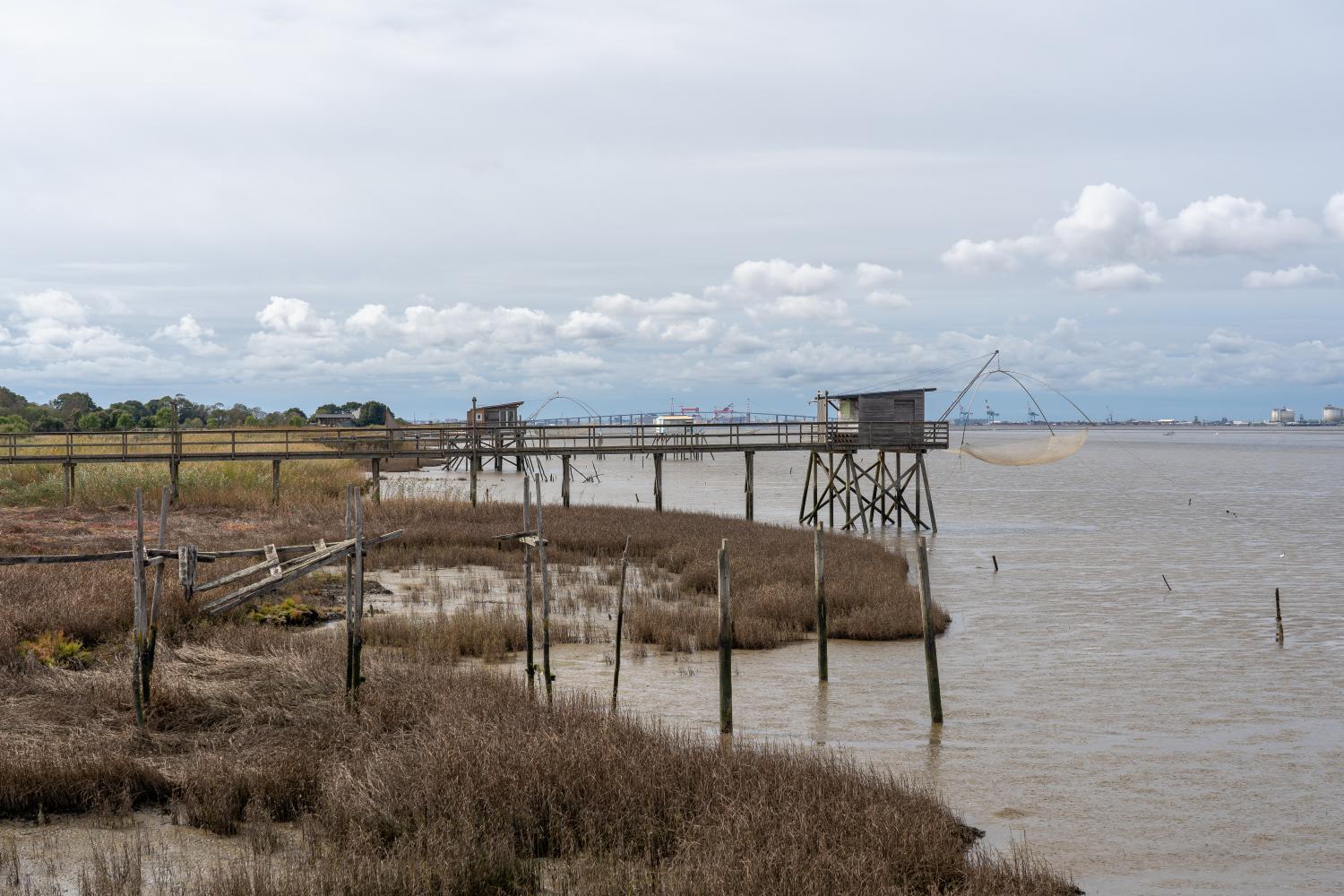Our destination lies at the heart of the last few kilometres travelled by the Loire before it joins the Atlantic Ocean. This is known as the Loire estuary.
But what is an estuary?
An estuary is the area where the river and the ocean (or sea) mix. There is both freshwater and saltwater. The Loire estuary is also subject to the phenomenon of tides.
How far does the Loire estuary go?
The Loire estuary stretches from its mouth (Mindin district, Saint-Brevin / Penhoët district, Saint-Nazaire) to Nantes.
The Loire estuary is classified as a Natura 2000 site. It is recognised as an area of European importance for its rich biodiversity.
It is home to numerous species, as well as a wide range of environments and ecosystems (reedbeds, hedgerows, wet meadows, mudflats, beaches, etc.). The area covers almost 22,000 hectares, and is a key stop-off point for many migratory fish and birds.
To find out more >>>>>
& About our destination in particular?
After following the Canal de la Martinière, and the Massereau and Migron reserves, buffer zones between the Loire and the Canal, rich in incredible biodiversity, you’ll come to the banks of the Loire at Paimbœuf where you can discover a unique landscape.
Start your discovery behind the campsite with a view of the St Nazaire bridge and the estuary, then wander through the pine forest and along the quays of this former Nantes outer harbour to admire the different landscapes on both banks. You’ll finish your walk at the Jardin Etoilé, at the other end of the town, where 2 observatories await you.
Continue on to Corsept, and at the Port de la Maison Verte you’ll find a dyke built to protect the land from the onslaught of the Loire. You won’t want to miss our “demoiselles de l’Estuaire”, the beautiful fishing boats that have lined the banks of the river for decades, leaving their mark and elegance on the landscape. You can even hire one – family memories guaranteed!
Many thanks to Gilles Bruyelle for his report on the Pêcheries de Corsept…
On the banks of the Loire, set back from the bridge at Saint Nazaire and the port facilities at Donges, it’s possible to forget the industrial world…
You’ll soon find yourself dreaming of squatting, if only for the duration of a tide, in one of the fisheries whose footbridges dot the banks.
Designed by Gilles BRUYELLE imagesetreportages@orange.fr © All rights reserved
If you follow the Loire along the Digue, following the Loire à Vélo and Vélodyssée cycle routes, you’ll come to Saint-Brevin, where the river becomes one with the ocean.
| Period (s) | Morning | Afternoon | Opening day | Closing day |
|---|
-
Natural area en

